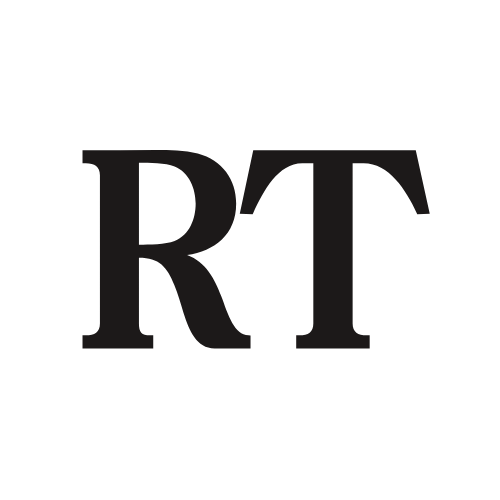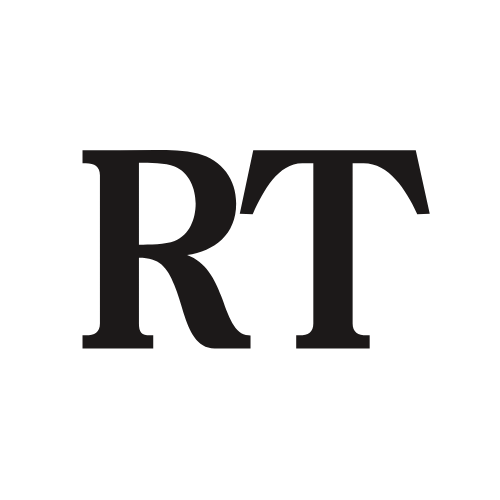
On Saturday President Donald Trump and First Lady Melania Trump attended Pope Francis funeral in Saint Peter’s Square during a historic Solemn Requiem Mass.
The Holy Father, spiritual leader to 1.39 billion Catholics worldwide, passed away Monday at age 88 after suffering a stroke, followed by coma and irreversible heart failure, according to the Vatican’s health officials.
The pope’s death came just hours after he met privately with Vice President JD Vance, a practicing Catholic, and delivered a final Easter blessing to a massive crowd of 50,000 in Saint Peter’s Square — a fitting capstone to his decades of public ministry.
Cardinal Giovanni Battista Re, dean of the College of Cardinals, presided over the funeral Mass, which saw an extraordinary gathering of 250 cardinals, over 750 bishops and priests, and throngs of consecrated religious members.
US President Donald Trump and First Lady Melania Trump arrived at the Vatican and went to the foot of the coffin of Pope Francis to pay their respects to the beloved late Pope. pic.twitter.com/NvKMOwbVfn
— EWTN News Nightly (@EWTNNewsNightly) April 26, 2025
Catholics and non-Catholics alike from every corner of the world gathered, demonstrating Pope Francis’s enduring call for a Church that embraces “everyone, everyone, everyone.”
The Vatican’s Dicastery for Communication ensured global access, offering broadcasts in 15 languages and multimedia coverage in 56 others, as 4,000 journalists registered to cover the solemn event.
The service adhered to the updated papal funeral rites Francis himself had revised in 2024, detailed in the Vatican’s official text Ordo Exsequiarum Romani Pontificis. His burial wishes, penned in a spiritual testament on June 29, 2022, were also honored.
It was a spectacle not seen since the 2005 funeral of Pope Saint John Paul II, capturing the world’s attention on a scale only matched by the death of a sitting pope. In a historical first, the translation of the Pope’s remains to a non-Vatican burial site was broadcast live worldwide.
More than 130 nations and international organizations sent official delegations. Dignitaries included Ukrainian President Volodymyr Zelenskyy, French President Emmanuel Macron, Italian Prime Minister Giorgia Meloni, UK Prime Minister Keir Starmer and Prince William, and Argentinian President Javier Milei. Former President Joe Biden also attended alongside his wife, Jill Biden.
The funeral also served as a rare moment of unity amid turbulent global affairs. President Trump and President Zelenskyy met before the Mass for what the White House called “a very productive discussion,” a notable thaw following a heated Oval Office argument in February.
Good meeting. We discussed a lot one on one. Hoping for results on everything we covered. Protecting lives of our people. Full and unconditional ceasefire. Reliable and lasting peace that will prevent another war from breaking out. Very symbolic meeting that has potential to… pic.twitter.com/q4ZhVXCjw0
— Volodymyr Zelenskyy / Володимир Зеленський (@ZelenskyyUa) April 26, 2025
Leaders exchanged greetings and shared the sign of peace during the liturgy, reflecting a brief moment of global solidarity.
For President Trump, it marked a powerful return to the international stage. Though he had originally planned to make Saudi Arabia his first foreign stop of his second term, the death of Pope Francis brought him to the Vatican instead — paralleling his 2017 visit when he first met Francis after a Saudi trip.
In his last public remarks on Easter Sunday, a visibly frail but joyful Pope Francis addressed the faithful, declaring, “Brothers and sisters, Happy Easter!” Before his passing early Monday morning, he had expressed gratitude for one final visit to the Square, reportedly telling his nurse Massimiliano Strappetti, “Thank you for bringing me back.”
Following his passing, the pope’s body lay in state in St. Peter’s Basilica, drawing over 250,000 pilgrims. The Vatican extended visiting hours to accommodate the overwhelming turnout, suspending the usual midnight closure except for a brief early-morning pause.
After the funeral, the pope’s simple zinc-lined wooden coffin was carried in a solemn procession to the Papal Basilica of St. Mary Major, two and a half miles from the Vatican.
The move fulfilled Pope Francis’s wish to be buried among the poor and marginalized, a cause dear to his heart. His remains were accompanied by tokens of his papacy — a liturgical pallium, minted coins and medals, and an official “Deed for the Pious Passing of His Holiness Pope Francis.” He joins seven other popes interred in the revered basilica.
Leading the private burial ceremony were individuals representing the marginalized, in line with Francis’s lifelong mission. The Sistine Chapel choir offered hymns as his coffin was lowered into the tomb.
The funeral Mass marked the beginning of the Novendiales, nine days of requiem Masses for the repose of the pope’s soul. Each day, a cardinal selected by Francis will preside over the liturgies inside St. Peter’s Basilica.
Meanwhile, cardinals are convening in General Congregations to oversee the daily management of the Church. Soon they will move into the secretive papal conclave — the ancient process by which a new pope is chosen.
Of the 235 cardinals worldwide, 135 are eligible to vote, including 108 created by Pope Francis himself. Only cardinals under the age of 80 are permitted to cast ballots. Following tradition, the votes will be burned after each round, with black smoke signaling no decision and white smoke announcing a new pope.
Pope Francis’s passing not only closes a significant chapter in Church history but also leaves a profound legacy of mercy, humility, and outreach to the world’s forgotten — a legacy that will deeply shape the future of the Catholic Church and global leadership for generations to come.

